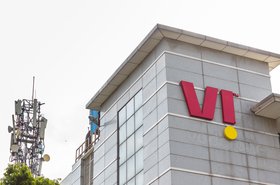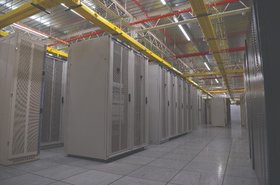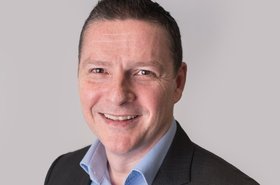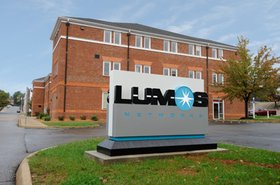US mobile carrier T-Mobile is testing Nokia's 6G equipment at its headquarters in Bellevue, Washington.
As reported by Light Reading earlier this week, the Federal Communications Commission granted T-Mobile's request to test "experimental prototype wireless equipment" from the Finnish vendor.
The Nokia gear runs in the 7,125-7,525 MHz bands, which is the same band that Nokia has been testing its 6G equipment at its Dallas headquarters.
6G is not expected to launch commercially for another few years, with many expecting the technology to launch at the end of the decade at the earliest.
"Grant of the experimental authorization will serve the public interest because it will enable T-Mobile to explore the development of potential future spectrum options for evolving wireless technology without causing harmful interference to others. That, in turn, will help further promote the delivery of next-generation wireless services to consumers," said T-Mobile in its request to the FCC.
T-Mobile said the tests would be restricted to the 7,125-7,525 MHz bands.
Equipment suppliers have previously outlined their expectations that the 'midband' for 6G will be 7GHz to 20GHz. The midband range for the current generation, 5G, is around 1GHz to 6GHz.
According to Nokia, testing will include the use of two fixed base stations and a maximum of five mobile devices. The carrier notes that the base stations will "transmit to, and receive from, mobile equipment on-board vehicles and fixed stations in and around Bellevue, Washington."
The operating radios of the mobile and fixed test stations will be limited to within 2km from the base stations’ location.
Last year, Petter Vetter, president of Nokia Bell Labs Core Research, told DCD that the company’s 6G research started more than five years ago. Vetter stated the "need to be at least 10 years ahead of the curve.”
“The expectation is, every decade, there is a new generation of networks. So 6G is expected to come around 2030, an important reason to have a new generation is that you have new technologies, but you also have new requirements and new spectrum for new capacity," said Vetter.







